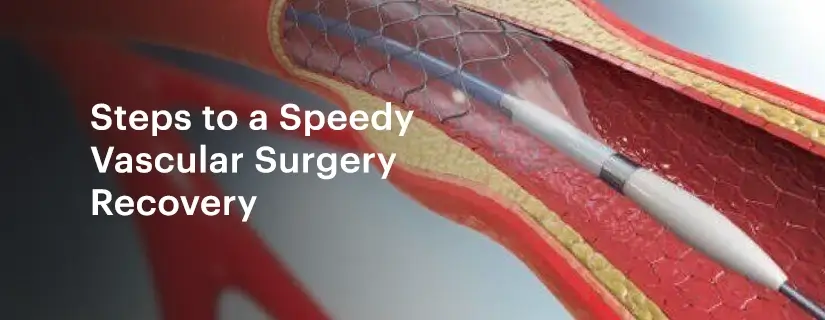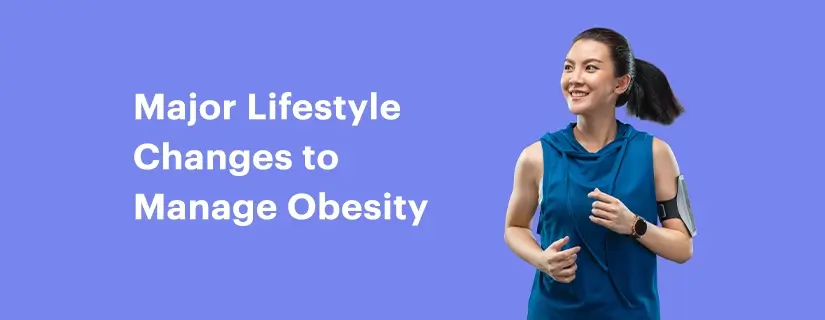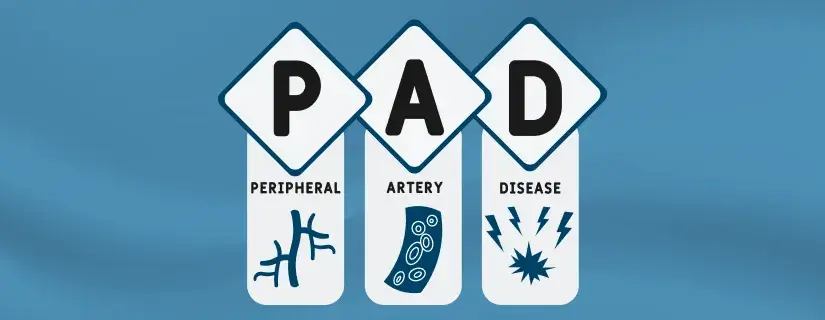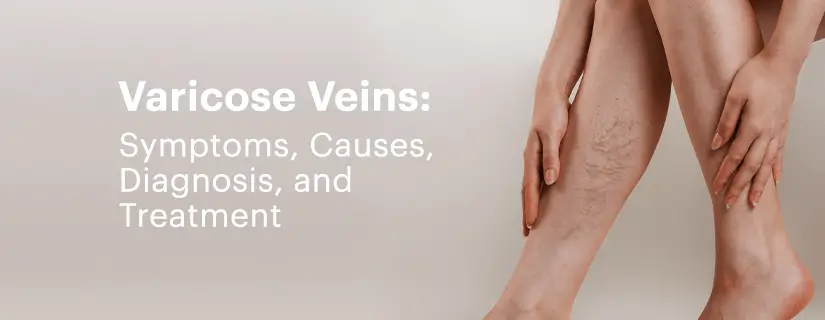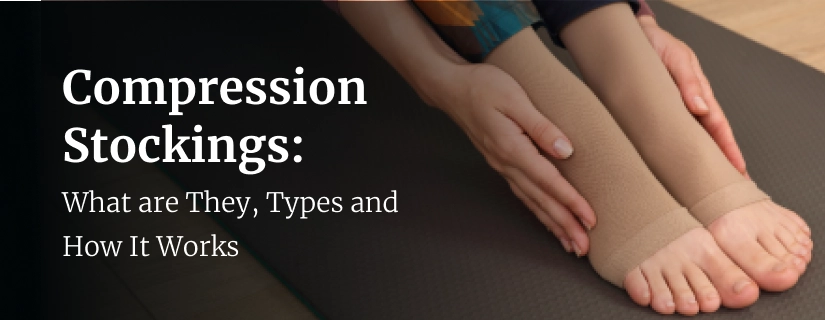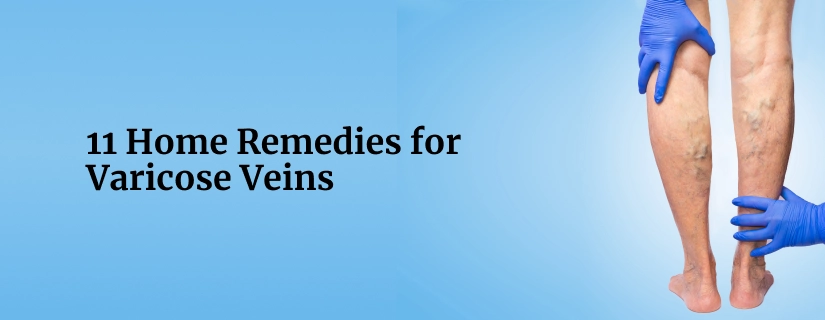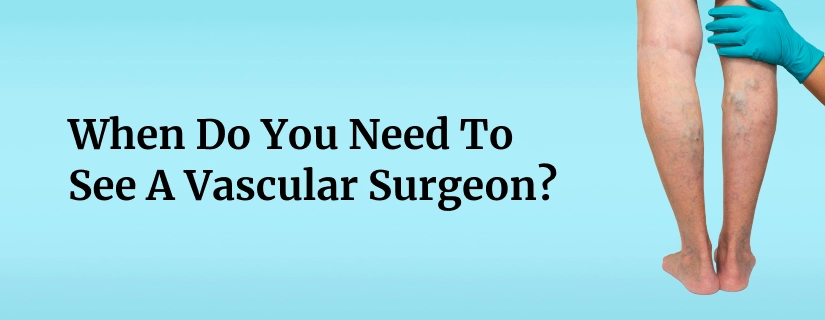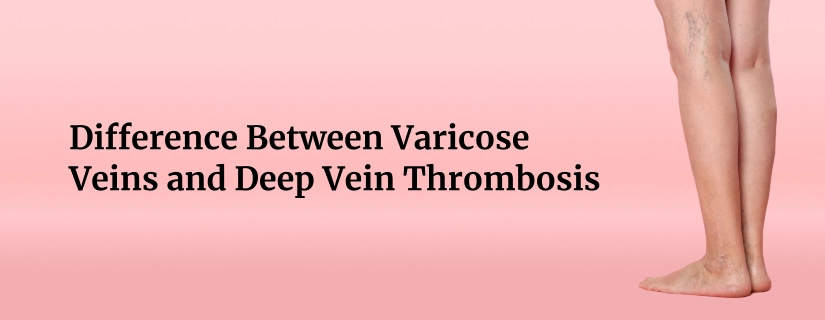-
Doctors
-
Specialities & Treatments
Centre of Excellence
Specialties
Treatments and Procedures
Hospitals & Directions HyderabadCARE Hospitals, Banjara Hills CARE Outpatient Centre, Banjara Hills CARE Hospitals, HITEC City CARE Hospitals, Nampally Gurunanak CARE Hospitals, Musheerabad CARE Hospitals Outpatient Centre, HITEC City CARE Hospitals, Malakpet
HyderabadCARE Hospitals, Banjara Hills CARE Outpatient Centre, Banjara Hills CARE Hospitals, HITEC City CARE Hospitals, Nampally Gurunanak CARE Hospitals, Musheerabad CARE Hospitals Outpatient Centre, HITEC City CARE Hospitals, Malakpet Raipur
Raipur
 Bhubaneswar
Bhubaneswar Visakhapatnam
Visakhapatnam
 Nagpur
Nagpur
 Indore
Indore
 Chh. Sambhajinagar
Chh. SambhajinagarClinics & Medical Centers
Book an AppointmentContact Us
Online Lab Reports
Book an Appointment
Consult Super-Specialist Doctors at CARE Hospitals
Deep Vein Thrombosis (DVT): Symptoms, Causes, Treatment and Complications
Updated on 21 June 2024
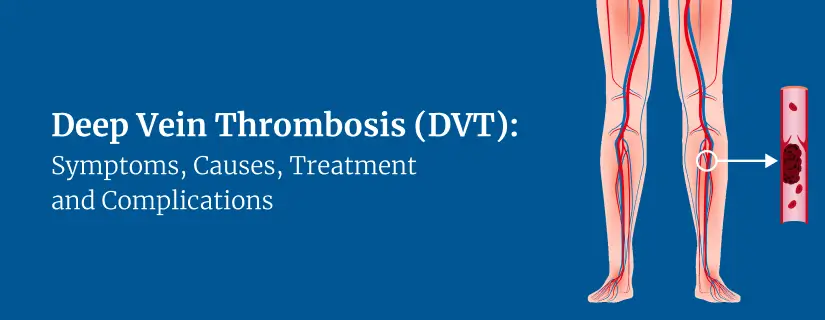
Deep vein thrombosis (DVT) is a health condition that needs to be taken very seriously. Leaving it untreated can even lead it to become life threatening with complications. This article provides an overview of DVT and its treatment options.

What Is Deep Vein Thrombosis?
Deep vein thrombosis, commonly called DVT, is a serious medical condition where a blood clot forms in a deep vein, usually in the legs. This clot can break free and travel to the lungs, blocking proper blood flow. This dangerous condition is termed pulmonary embolism or PE. Together DVT and PE make up venous thromboembolism or VTE, which can be serious if untreated.
It is crucial to recognize DVT early and get medical care promptly. Left unchecked, the loose clot may reach the lungs with possibly life-threatening consequences. Seeking timely treatment is essential.
Symptoms of Deep Vein Thrombosis
Symptoms arising from deep vein thrombosis (DVT) can vary from person to person.
- Swelling in the leg, usually only affecting one side, is a common sign
- There may be pain, cramping or soreness in the leg, frequently starting in the calf muscle
- The skin over the area with DVT may change colour, becoming reddish or purplish
- A sensation of warmth may be felt over the affected leg
- In some cases, DVT occurs without any overt symptoms
It is important to be aware that DVT does not always cause noticeable symptoms even though clots are forming in the veins. Contacting one's doctor promptly on observing any potential DVT symptoms can result in timely diagnosis and treatment.
Causes of Deep Vein Thrombosis
Risk Factors
Numerous risk factors can increase one's chance of developing a deep vein thrombosis (DVT). These risk factors include:
- Age over 60 years - However, DVT can happen at any age
- Lack of movement for prolonged periods:
- During long travels
- Hospital or bed rest
- Major injury and post-surgical state
- Pregnancy - Risk may persist for 6 weeks after delivery
- Oral contraceptive pills or hormonal therapy
- Excess weight putting pressure on pelvic and leg veins
- Smoking - Impairs blood flow and clotting
- Cancer - Certain cancers and treatments promote clotting
- Heart failure - Makes pulmonary emboli more dangerous
- Bowel disorders like Crohn's disease and colitis
- Family or Personal or pulmonary embolism or DVT
- Inherited clotting disorders
- Uncommonly, DVT occurs in the absence of any identifiable risk factors
Knowing the risk factors helps in taking preventive steps. Those with multiple risks should consult a doctor about specific measures to reduce likelihood of DVT. Early detection improves prognosis.
Complications
Sometimes deep vein thrombosis (DVT) leads to adverse outcomes, both acute and long-term. Monitoring for complications is key.
- Pulmonary embolism (PE) is a severe, abrupt complication where the clot breaks off and blocks lung blood vessels.
- PE causes sudden symptoms like shortness of breath, chest pain, low oxygen levels, fainting and coughing of blood.
- PE can be life-threatening and needs emergency care.
- Postphlebitic syndrome refers to persistent leg symptoms due to underlying vein damage from DVT.
- Manifests as chronic leg pain, swelling, rashes and skin ulcers.
- Drug treatment with blood thinners, while crucial, may cause bleeding problems in some cases.
- Regular blood monitoring is vital while on anticoagulant medications.
Staying alert to the signs of complications allows rapid medical attention, which is vital for preserving health and life. Preventative strategies should be employed among high risk groups.
When To See A Doctor
Contact your doctor immediately if you have DVT symptoms. Seek emergency care if you have any signs of PE like:
- Shortness of breath
- Chest pain
- Rapid breathing or heart rate
- Coughing up blood
Diagnosis
The diagnosis of deep vein thrombosis (DVT) begins with a doctor’s evaluation of the patient’s symptoms and a physical examination of the legs. Further testing is guided by an assessment of whether the risk of having DVT is low or high.
Physical Examination
- The doctor looks for swelling, skin colour changes, or tenderness in the leg that may indicate a DVT.
Tests for Diagnosis
- A range of tests may be conducted to diagnose or exclude DVT:
- Blood test for D-dimer, a protein fragment present when clots are forming
- Ultrasound imaging to visualise the clots in veins
- Invasive venography (rarely done now) using x-rays and injection of dye
- CT scan - non invasive way to check the deeper veins and diagnose pulmonary embolism
The choice and sequence of tests depends on the probability of having a DVT based on risk factors, history and examination findings.
Treatment
There are three major goals in treating deep vein thrombosis (DVT):
- Prevent clot enlargement
- Avoid clot dislodgement to the lungs
- Reduce the risk of future DVT
The main therapies used to achieve these goals are:
1. Medications to Prevent Clot Growth and New Clots: Blood thinning medications (anticoagulants) are commonly used to stop the growth of existing clots and prevent additional clots from forming.
- Taken by mouth, injection, or intravenously
- Must be taken exactly as prescribed
- Some drugs need regular monitoring of it's effect
- Needs to be consumed for a minimum of 3 months for provoked DVT and upto 1 year for PE
Special considerations
- Patients on warfarin require frequent blood testing
- Some thinners cannot be used in pregnancy
- Newer oral anticoagulants (NOACs) does not require monitoring but has some drugs interactions
2. Advanced Therapies for Severe Clots: Clot-busting drugs (thrombolytics) and interventions like pharmacomechanical thrombectomy or thrombosuction are used for extensive DVT.
- They carry the risk of internal bleeding but care is taken to prevent them
- They are very effective in acute clot removal and gives good clearance
- They are very helpful in preventing complications
- Filters are placed in the major belly vein to trap clots travelling to the lungs
3. Mechanical Devices to Improve Leg Blood Flow: Compression stockings are worn on the leg.
- Help blood flow back from legs
- Prevent pooling of blood in calves and feet
- Need to be worn daily for a few years
Using combination therapy allows customized and comprehensive DVT treatment for patient benefit.
Prevention
Certain lifestyle measures can help prevent the development of deep vein thrombosis (DVT).
- Stay active and avoid prolonged immobility to maintain healthy blood flow
- After surgery/bed rest - Begin leg movements as soon as medically allowed
- During travel - Take regular breaks to stretch your legs
- When sitting for long hours - Do not cross your legs as it obstructs the circulation
- Stop tobacco smoking which hampers optimal blood circulation and causes clotting
- Attain and preserve a healthy weight
- Basic fitness exercise for just 30 minutes every day
- Discuss a risk reduction plan with your doctor if at high DVT risk
Making positive lifestyle choices goes a long way in keeping DVT risk low. Movement after surgery, frequent stretch breaks when travelling, avoiding smoking, and maintaining ideal weight are key prevention strategies. Customising the plan based on risk level optimises protection.
Conclusion
DVT is a serious medical condition requiring prompt diagnosis and treatment. Preventing DVT through simple lifestyle measures can help reduce risk. Being aware of the signs and symptoms allows early medical care, which is key to preventing short and long-term complications. Discuss your risks with your doctor and work together to lower your chance of deep vein thrombosis.
ENQUIRY FORM
SELECT CATEGORIES
-
Neurosciences (16)
-
Neurology (37)
-
Neurosurgery (14)
-
Orthopaedics (48)
-
Oncology (33)
-
Obstetrics and gynecology (51)
-
Pulmonology (23)
-
Urology (20)
-
Nephrology (13)
-
Psychiatry (7)
-
Dietetics and Nutrition (111)
-
General Medicine (63)
-
Cardiac Sciences (30)
-
Vascular & Endovascular Surgery and Interventional Radiology (10)
-
Gastroenterology (46)
-
Endocrinology (23)
-
Plastic Surgery (10)
-
Critical Care Medicine (5)
-
COVID-19 (16)
-
Dermatology (16)
-
Emergency Care (1)
-
Ophthalmology (4)
-
Pediatrics (14)
-
Laparoscopic and Bariatric Surgery (8)
-
ENT (15)
-
Kidney Transplant (1)
-
Liver Transplantation and Hepatobiliary Surgery (5)
-
General Surgery (3)
-
Internal Medicine (5)
-
Medicine Information
Understanding Varicose veins - A Comprehensive Guide
YOU MAY ALSO LIKE
RECENT BLOGS
-
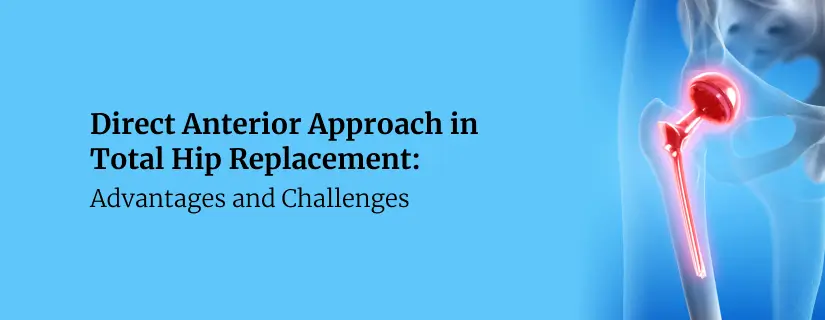
Direct Anterior Approach in Total Hip Replacement: Advantages and Challenges
10 April 2025
Read More
-
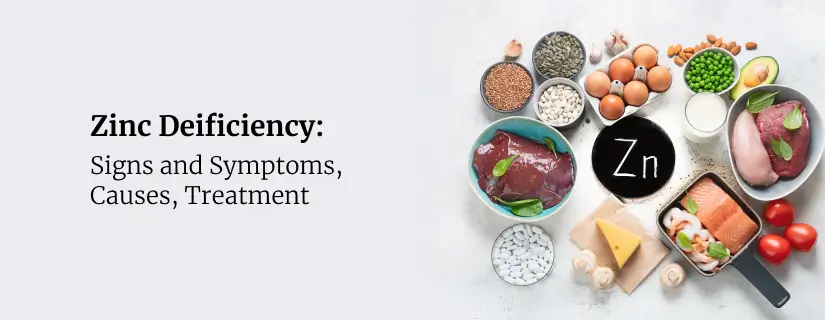
Zinc Deficiency: Signs and Symptoms, Causes, Treatment
9 April 2025
Read More
-
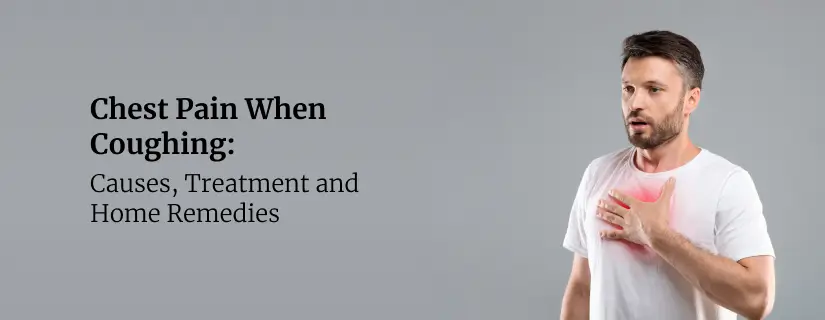
Chest Pain When Coughing: Causes, Treatment and Home Remedies
9 April 2025
Read More
-

12 Health Benefits of Eating Mushrooms
8 April 2025
Read More
-
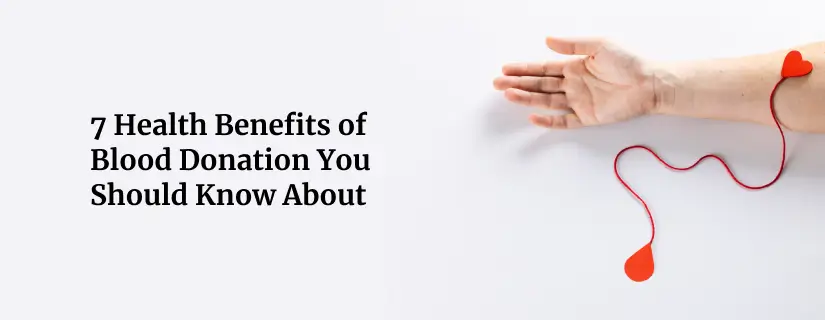
7 Health Benefits of Blood Donation You Should Know About
8 April 2025
Read More
-

Implantation Bleeding Vs Periods: Know the Difference
28 February 2025
Read More
-

Bloating During Ovulation: Symptoms, Causes and Remedies
28 February 2025
Read More
-
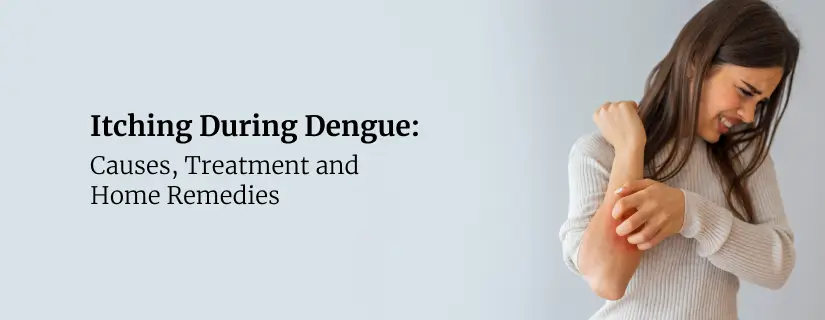
Itching During Dengue: Causes, Treatment and Home Remedies
18 February 2025
Read More
Have a Question?
If you cannot find answers to your queries, please fill out the enquiry form or call the number below. We will contact you shortly.



